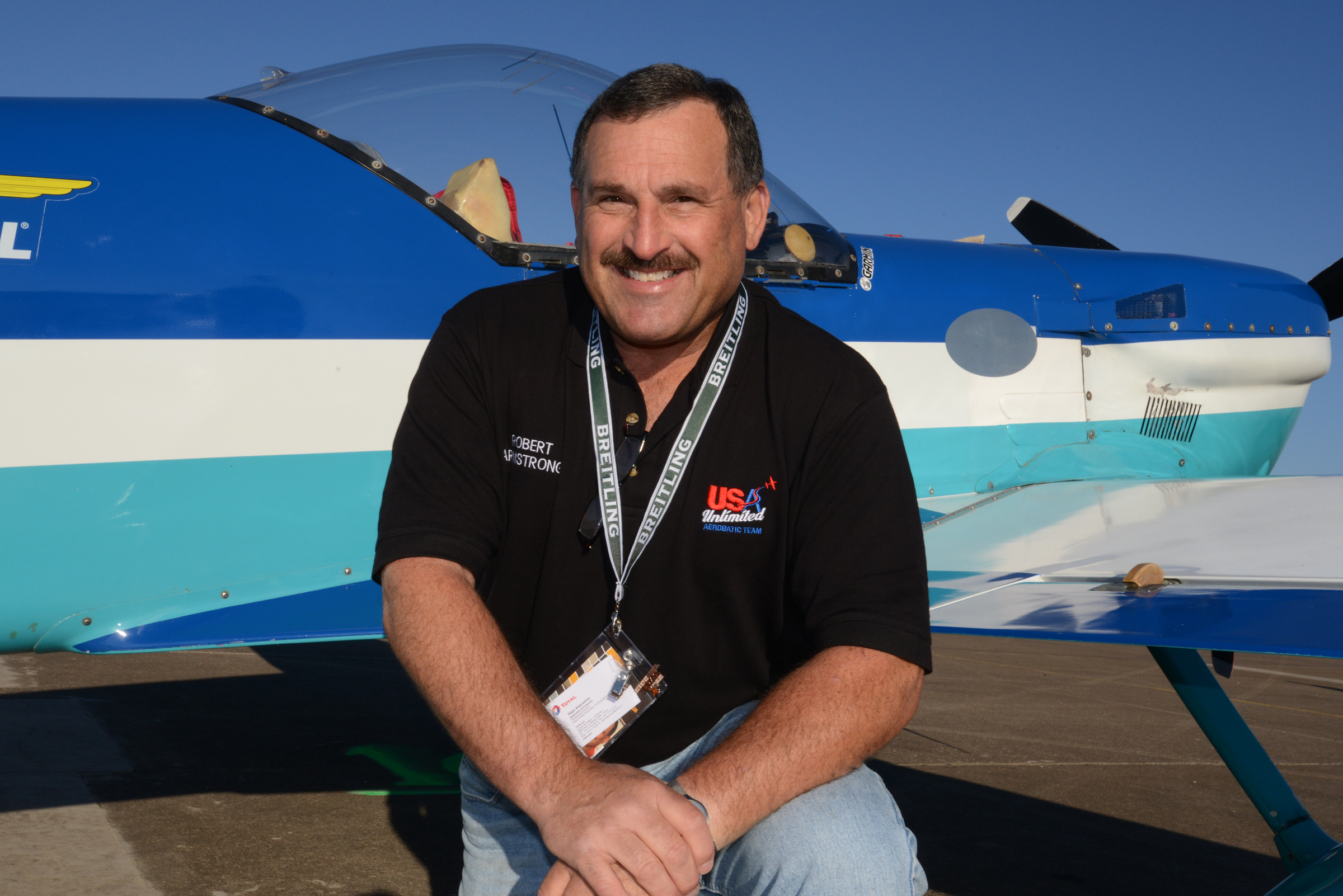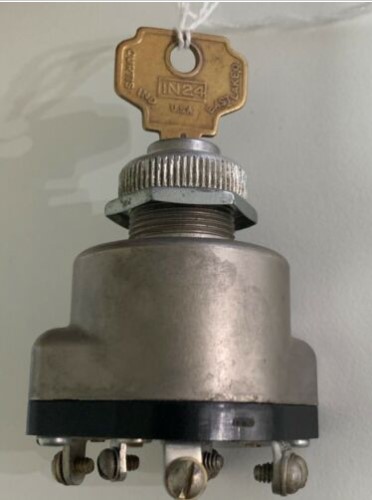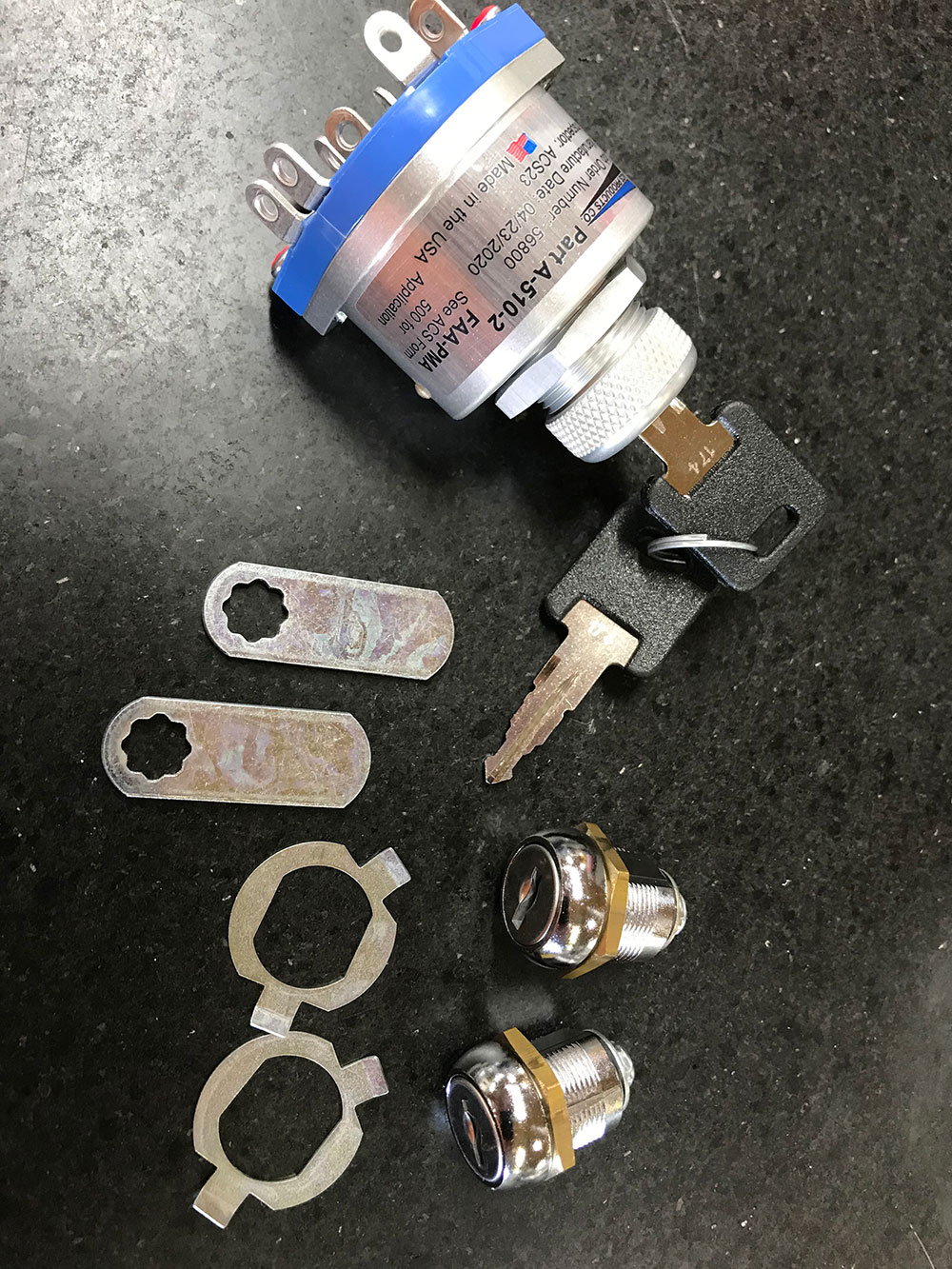
The ignition system used on internal combustion engines has changed much over the years with some exception, the mission is to produce a spark at the correct time and the correct place. One of the earliest and reliable systems involves the permanent magnet magneto. These self-contained and compact units are still the primary source of ignition on most light airplanes.
A common item that has been used in conjunction with each magneto is some form of electrical switch and associated wiring to command the on and off function of the unit. Some installations feature simple and reliable toggle switches and feature some additional momentary switch for control of an electric starter. Many contemporary airplanes feature a multi-function rotary switch that handles all the necessary task of selection and securing.
In the past year I became aware of issues with these rather ignored parts as well as having a malfunction of my own. During conversation with some others I determined that the information on why these problems occurred was not completely hidden, but was reported so many years back it predates the birth of many of the pilots and mechanics working on the fleet of aircraft.
The modern mag switches we see in use today are an evolution that matured in the late 1950’s and has served well, but not without some work along the way. The first known problem that is documented can be found in the FAA AD notes as 50-04-01[LP1] , issued against Briggs and Stratton, yes, the same as the lawnmower company, for the type A8 switch that was manufactured by them under wartime contract. The issue then is similar to problems that still occur, the switch could be turned beyond the off position and leave a magneto ungrounded.
Today the majority of mag switches are supplied by two companies. The first is the Bendix company, now a part of TCM, and coming into the market in the middle 60’s is a company, Gerdes Products, now owned by Aircraft Spruce & Specialty Co. (ACS Products Co.). To visually determine the manufacturer a simple visual inspection can be performed. A back contact plate that is black is Bendix. A rear contact plate that is white, blue, or green will be a Gerdes or ACS Product Co. unit. These parts are FAA PMA (FAA Parts Manufacturer Approval) parts so either could be in use. They are almost mechanically identical as well, having some slight differences that make it so parts are not interchangeable. Repair parts are normally available from their respective manufacturers.
Safety issues with the Bendix switch first appeared in the 1970’s. An AD note, 76-07-12[LP2] , was issued to function check the grounding of both mags by applying slight rotational pressure counter-clockwise from the normal off detent. A failure will be indicated by the right magneto continuing to run, or check on when using a magneto timing checker and the engine not running. The full detail and listing of repair kits is fully detailed in Bendix service Bulletin 583[LP3] . The inspection is still required on Bendix switches each annual or 100hr inspection until a repair kit is installed. The solution to the problem used by Bendix is to enlarge to diameter of the right mag grounding contact. This can be detected as a previous completed procedure by the visual location of a white painted “dot” on the exterior of the switch plate. There are many switches in service that still check good and no modification has been accomplished.

The Gerdes Products switches entered the market as OEM (original equipment manufacturer) parts used by Cessna and several other companies in the mid 1970’s. The function from the pilot side of the panel is identical. Gerdes, ACS Products Co., did not have any safety issue until the 1990’s. In 1993 an AD note number 93-05-06 [LP4] was released. The details of all the action required is in ACS SB 92-1[LP5] . The action required was to dissembled and inspect the contacts and contact plate, replace unserviceable parts, and to reassemble with new lube. They also require a diode to be installed across the terminals on the starter solenoid to function as a surge protector that eliminates an electrical arc in the switch when the contacts energize the starter. This action had a time limit to first compliance, and placed a 2000hr life limit on the internal contacts and contact plate.
Both of these AD notes are current and active regardless of when your airplane was manufactured. This is where the problem gets older than the owners and mechanics. The internals of the switches being almost identical, these actions by the two companies corrected safety and function issues with different methods.
So now into the malfunction modes. For my personal issue, I had replaced a Bendix switch with a Gerdes or ACS Product Co. part after I kicked the key getting out of the plane. Not having a spare key and suffering some cosmetic issues, my solution was to replace the switch. Now if you read the required Service Bulletin for the ACS Product Co[LP6] . unit, you noticed the requirement for a diode to be installed. So, you guessed correctly - no diode. After only 350 hours the ACS Product Co. switch failed to ground in the off position, just like the issue that Bendix parts suffered. This was not the end of the world, but I did spend more money and wasted a great flying day correcting my mistake.
With the lap full of bad parts I began to research just why both manufacturers had the same problems and were able to arrive at good corrections by different methods. The answer lies with the task that the three moving contacts each did. For both parts one of the contacts, when moved from the “off” to the “start” position, preformed five different missions. It starts by grounding the right mag in the off position, and four positions later the same triangle shaped contact bridges two points to close the starter relay. This creates a tremendous amount of wear by both distance moved, and electrical arcing on only one small contact point. Bendix made the landing point larger, ACS Product Co. reduced the wear and put a life limit on the contacts.

With the life limit on the ACS Product Co. parts the next operational issue that can develop is more age related. So, your Bendix switch functions properly, no other action required. Well from a FAA standpoint this will be correct. But where has all that debris from all those thousands of switch movements gone? Well nowhere. After some years, your switch has a well traced path of light grease, silver, and brass spread across all the electrical contacts. The voltage that is present on the primary wires that are used to ground the mag is not low, not sure of the voltage but holding the wire while turning the mag will only be done one time. Now we get the proper, or rather most inconvenient weather conditions of temperature and overnight humidity and somewhere in that little enclosed switch, the arc forms and results in an unusual misfire that really gets your attention! The real issue is that it may involve both mags! And once an arc trail is formed, it generally will not go away without some mechanical intervention. That time limit that ACS Product Co. has might just be a good reference to use for any mag switch.
Another real hazard I have corrected more than I can recall, is where the key maybe removed from the lock portion in positions other than off! Surprise, the key is in your pocket and the engine just started as you turned the prop to make it look good in the hangar. This is a simple task, select the various positions and gently try to remove the key and replace any part that is not correct. This was a service note from Piper many years ago, and I find no reference to it now. I found this problem on a switch less than 2 years ago, so it is still a possibility. With the key, what do you do when you are on the ground? I have a spare hangar key modified to open the dzus fasteners on my cowling attached to the mag key. On completion of a flight it comes out and is placed in the seat. This is not practical for most airplanes, but a location out of the switch, that we have checked for proper grounding, that is visible from outside is a great way to verify that the mags are off without climbing back in the cockpit.
And a final safety note, after 45 years of airplanes, I always treat a propeller as if it is ready to start. If you must turn a propeller, turn it backwards. Body parts are not available for repair.

